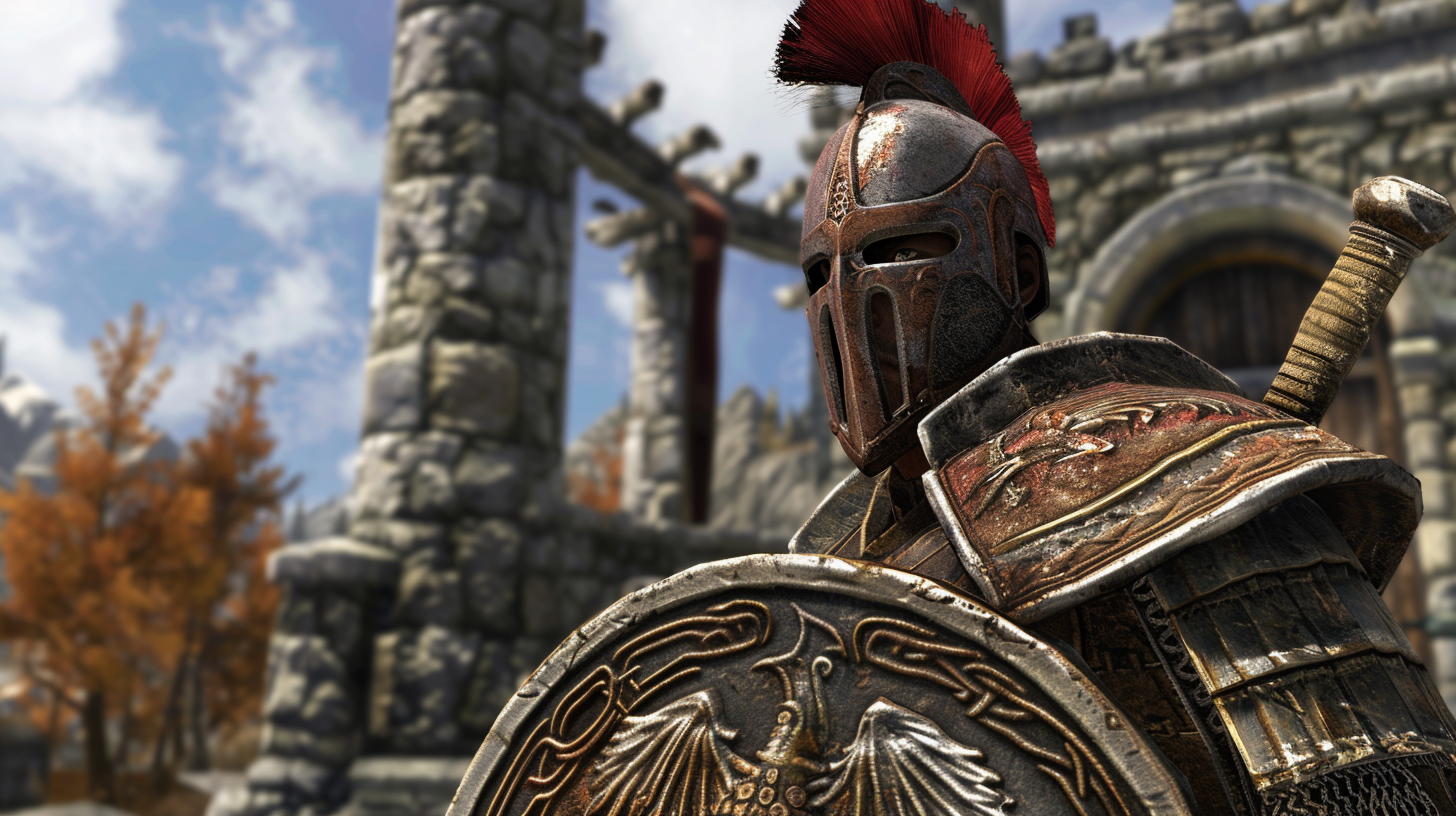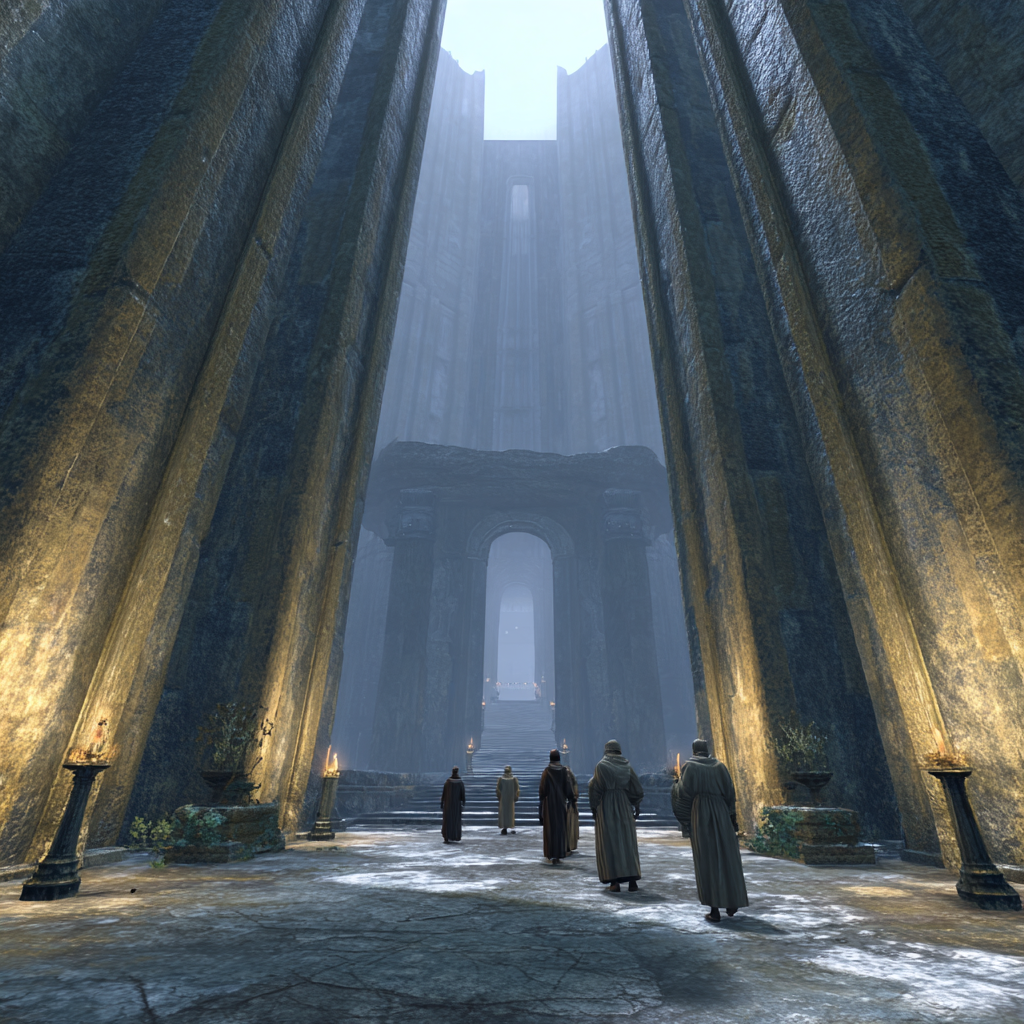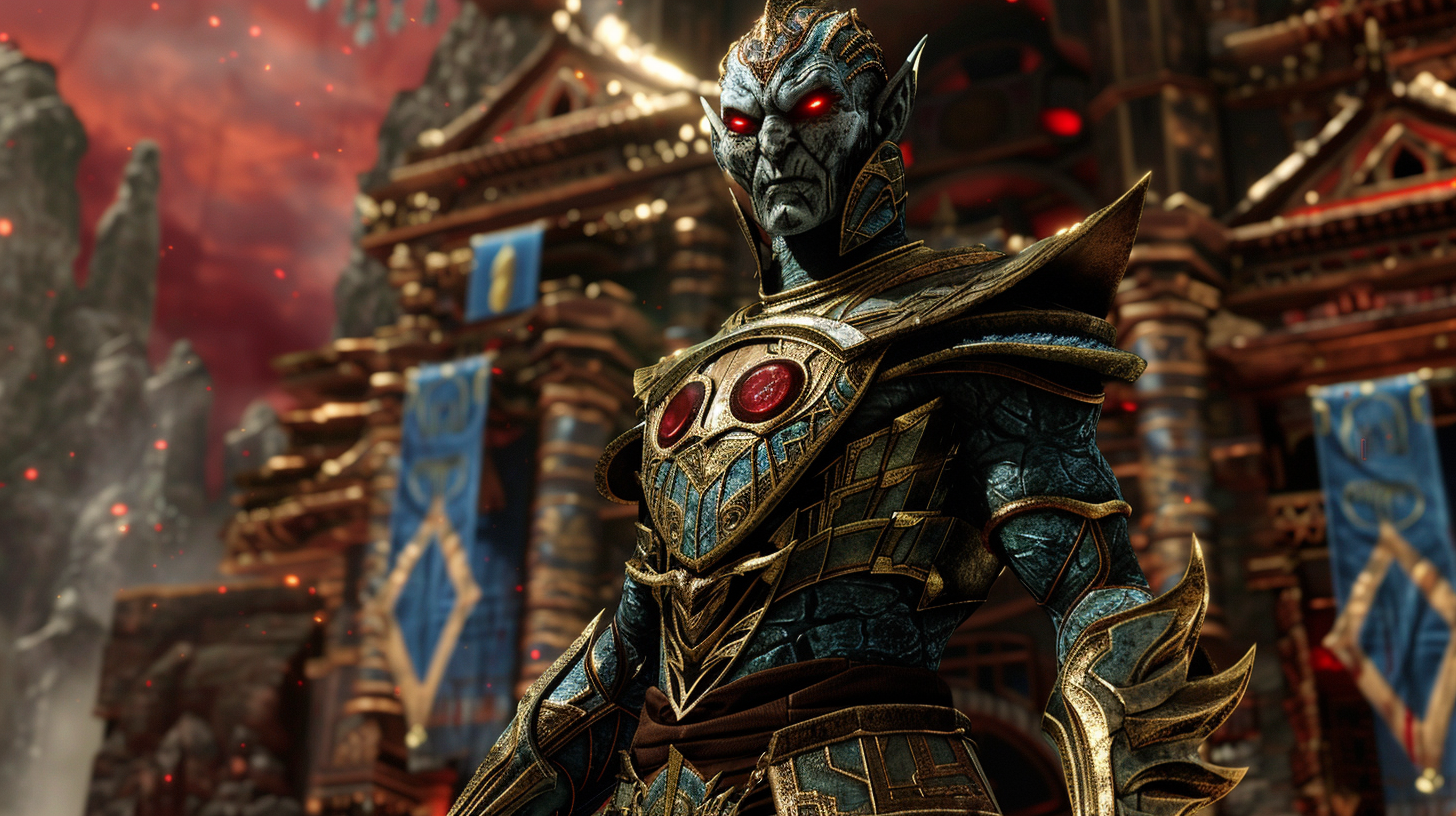Combat and spellcasting are central pillars of Morrowind and Oblivion, offering distinct yet equally engaging forms of interactive gaming that define the thrill of the game for countless players. Mastering these systems presents significant skill-based challenges and forms the backbone of character progression, influencing every strategic decision during play.
In Morrowind, combat was a nuanced affair that often surprised new players due to its underlying dice-roll mechanics. Even a direct sword swing could miss if the character’s skill in that weapon, their agility, and even their luck attribute weren’t high enough, creating a distinct feeling of risk in every encounter. This system heavily emphasized character building, stat allocation, and weapon/spell specialization. The rewards of perseverance were evident as players leveled up, their hit chances increased, and they could finally reliably strike their foes. Magic was similarly complex and incredibly versatile. Players could craft custom spells with various effects, ranges, and durations, leading to truly unique and often overpowered combinations. The ability to create a “Jump 1000 feet” spell, for instance, offered immense entertainment and revolutionized traversal. However, casting spells often came with a risk of failure if the skill was too low, leading to fizzled attempts in critical moments. This depth in magic, from conjuration to mysticism, demanded genuine dedication to master, turning spellcasting into its own intricate skill-based challenge.
Oblivion significantly streamlined combat, moving towards a more direct, action-oriented system. Melee combat involved real-time blocking, power attacks, and timed strikes, making it feel more responsive and visceral. Ranged combat, while still influenced by skill, became more intuitive, and magic was simplified with pre-defined spells, though it retained its elemental diversity. While some depth from Morrowind’s customization was traded for accessibility, Oblivion’s combat still offered ample skill-based challenges, particularly against diverse enemy types that required different tactical approaches. The thrill of the game often came from perfectly timed blocks, devastating critical hits, or chaining powerful spells for maximum effect. The introduction of “spellmaking altars” still allowed for some customization, offering rewards for experimentation, though not to Morrowind’s extreme degree. Both games ultimately provide a unique flavor of fantasy gaming. The shift in combat philosophy between the two titles reflects the broader evolution of RPGs in the early 2000s, balancing complex mechanics with more immediate interactive gaming satisfaction. For the Aussie gaming community and beyond, adapting to each game’s unique combat rhythm becomes part of the immersive virtual experience.



